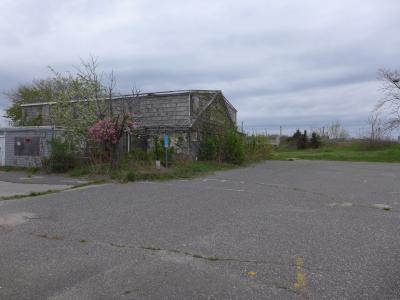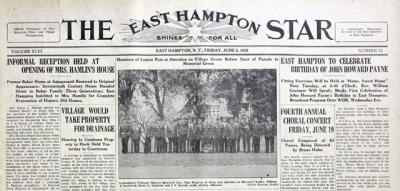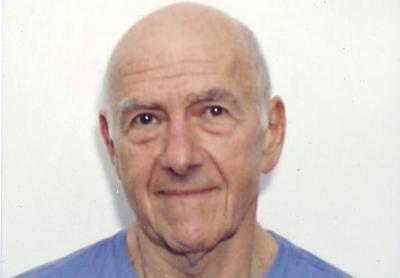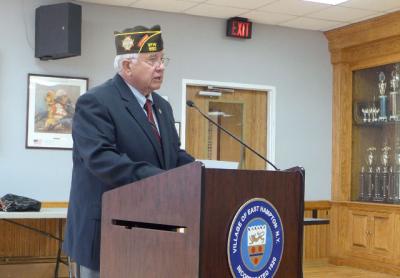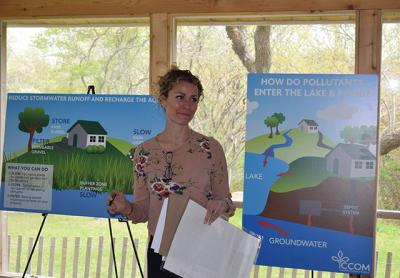$20,000 Water Quality Grant
$20,000 Water Quality Grant
The Long Island Community Foundation has given Concerned Citizens of Montauk $20,000 to help fund its work to improve the hamlet’s water quality.
The grant is the second the foundation has awarded C.C.O.M. in two years. Last year, the $20,000 grant helped advance C.C.O.M.’s Save the Lake-Save the Pond initiative, which engages property owners in a coordinated effort to reduce the human causes of water pollution.
Wednesday’s statement about the grant followed C.C.O.M.’s May 14 announcement of a partnership with Christopher Gobler of Stony Brook University under which Dr. Gobler’s lab will analyze water from Fort Pond in order to monitor harmful algal blooms, which appeared in 2015 and last year. Concurrently, the East Hampton Town Board is moving toward the creation of a wastewater treatment system, and a tax district to fund it, for the hamlet’s densely developed downtown, based on the belief that excessive nitrogen is causing the pond’s ecological woes.
“We are thrilled to continue our partnership with the Long Island Community Foundation,” Laura Tooman, C.C.O.M’s president, said in a statement last week. “L.I.C.F.’s funding helps make all that we do to protect Montauk’s environment possible. From our Save the Lake-Save the Pond educational initiative, to our latest partnerships to test and monitor for harmful pollutants and algal blooms in Fort Pond and Lake Montauk, this grant makes a huge difference.”
Kate Rossi-Snook, a C.C.O.M. environmental advocate, said the Save the Lake-Save the Pond initiative’s primary objective “is to get people to understand that everything they do on their properties has an effect, whether immediate or long term, on our waters.”
In 2017, C.C.O.M. sponsored 170 septic system inspections and pump-outs. This year, Ms. Rossi-Snook said in a statement, “We will continue to encourage all Montauk residents and business owners who haven’t gotten their septics pumped in the last three years to do so, and to begin the process of upgrading their systems.” She said residents could follow incentives provided by the Town of East Hampton and Suffolk County, “and should visit our newly redesigned website to sign our Clean Water Steward pledge.” The Clean Water pledge can be found at SavetheLakeSavethePond.org.


